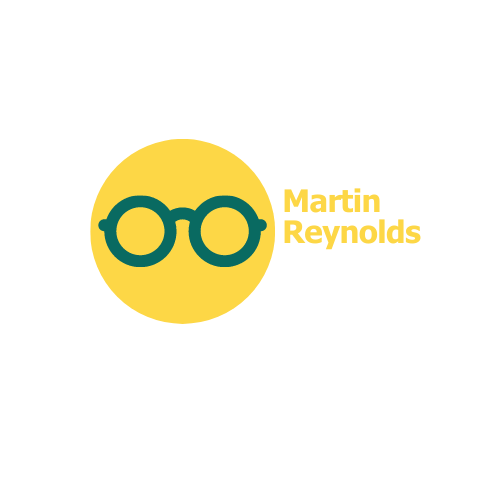The Journey to 2020 Vision Corrective Options for Various Ages
Introduction:
Having clear vision is vital for experiencing the world to its fullest. However, many individuals struggle with vision impairments, such as nearsightedness, farsightedness, or astigmatism, which can hinder their daily activities. Thankfully, there have been significant advancements in vision corrective options, bringing us closer to achieving perfect eyesight by 2020. In this article, we will explore the journey to 2020 vision for different age groups and discuss the latest corrective options available.
I. Vision Corrective Options for Children and Teens:
Good vision is crucial during early childhood and adolescence as it greatly impacts a child’s learning and development. Some vision issues may require early intervention to prevent further complications. Here are a few corrective options suitable for children and teens:
1. Prescription Glasses:
– Glasses are a simple and effective solution for young individuals with refractive errors.
– The frames can be made appealing to children with fun and colorful designs to encourage regular wear.
2. Contact Lenses:
– Contact lenses are an alternative to glasses for teenagers who prefer a more discreet option.
– Specialized contact lenses designed for younger wearers offer durability and ease of use.
II. Vision Corrective Options for Adults:
As we mature, our vision needs may change, and it becomes essential to choose suitable corrective options for different impairments. Let’s explore the available solutions for various vision problems:
1. LASIK Eye Surgery:
– LASIK (Laser-Assisted In Situ Keratomileusis) is a popular refractive surgical procedure that reshapes the cornea to improve vision.
– This procedure can correct nearsightedness, farsightedness, and astigmatism, providing long-lasting effects.
2. Photorefractive Keratectomy (PRK):
– PRK is another laser eye surgery that is similar to LASIK but does not require a corneal flap to be created.
– This option is suitable for individuals who may have thinner corneas or other contraindications for LASIK.
III. Vision Corrective Options for Seniors:
As we age, our vision naturally declines, with common issues being presbyopia and cataracts. To address these conditions, several corrective options are available for seniors:
1. Multifocal or Bifocal Glasses:
– Multifocal or bifocal glasses combine different prescription strengths into a single lens, allowing individuals to see clearly both up close and at a distance.
– These glasses are an excellent choice for seniors who may require different vision corrections simultaneously.
2. Cataract Surgery:
– Cataracts occur when the eye’s natural lens becomes cloudy, leading to vision impairment.
– Cataract surgery involves removing the clouded lens and replacing it with an intraocular lens (IOL), providing improved vision clarity.
Conclusion:
With 2020 on the horizon, achieving perfect or near-perfect vision is becoming a reality for individuals of all ages. Whether it is through the use of glasses, contact lenses, LASIK, PRK, multifocal or bifocal glasses, or cataract surgery, there are numerous options available to correct various vision impairments. It is essential to consult with an eye care professional to determine the most suitable method for achieving optimal vision based on age and specific visual needs. As we embark on the journey to 2020, the world of vision correction brings hope and the promise of clearer sight for a brighter future.
